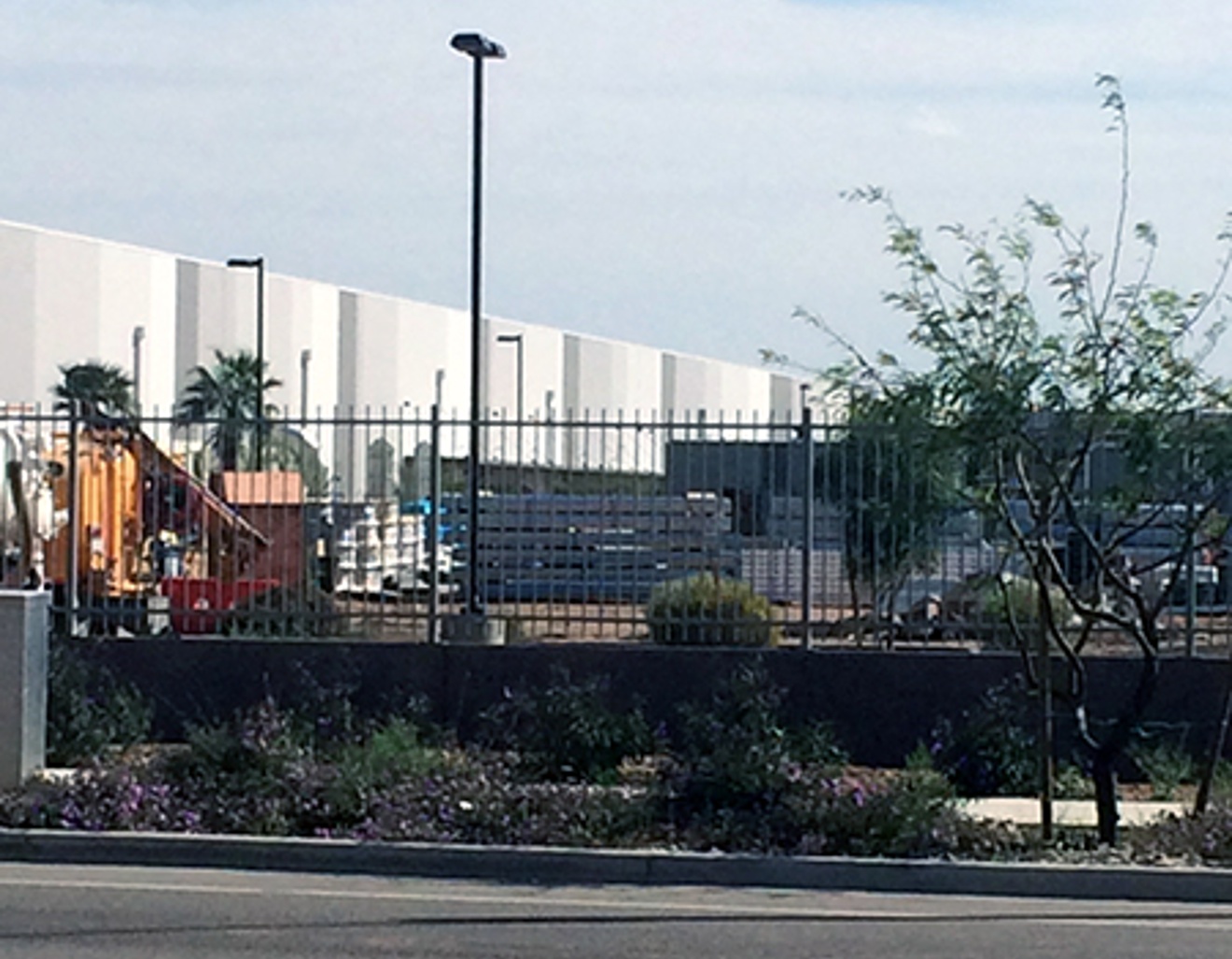As rumored yesterday, looks like Apple is indeed planning an expansion at its Mesa, Arizona plant to boost sapphire output ahead of the next-generation iPhone production. According to a new report Friday morning, the company is looking to double the number of high-tech furnaces that make sapphire boules in bulk.
Whereas previous records claimed Apple and its partner GT Advanced would use about 950 furnaces at the site, sources are now saying the firms want to equip the facility with some 1,700 furnaces. That could mean bolstering of yields to increase the plant’s output beyond an estimated 100 to 200 million sapphire displays per year.
Apple has poured a cool $576 million into the Mesa facility to secure an exclusive, multi-year output of sapphire products. It’s widely believed Tim Cook & Co. have found a way of strengthening the next iPhone’s screen by applying a thin layer of sapphire material on top of the handset’s cover glass…
AppleInsider is reporting that multiple companies are now posting bids to build out a proposed expansion that would stretch into adjacent parcels of land that appear to be vacant.
Some of the construction firm’s actively working on the project: Rosendin Electric, Wesco Distribution and Graybar Electric.
Although the exact purpose of the second unit is unknown, the build would likely be similar to Cascade’s building as project planners are said to be fielding bids from existing construction companies and material suppliers. Firms actively working on the project include Rosendin Electric, Wesco Distribution and Graybar Electric, among others.
By the way, Project Cascade is the code-name for the plant and its grounds, occupying an 83-acre plot of land in the City of Mesa’s designated foreign trade zone.
Photos in this article picture the plant’s large main structure.
Originally slated to open in January, construction of the facility should be in fact finished by June, “at which time manufacturing should reach full capacity,” according to the publication’s sources involved in the project.
The next iPhone is expected as early as September and it’s no surprise Apple’s rushing to make the plant operational, indicating the facility will churn out sapphire-made components for the handset.
Currently, Apple is using sapphire crystals to protect iDevice’s iSight camera lenses and the iPhone 5s’s Touch ID Home button.

